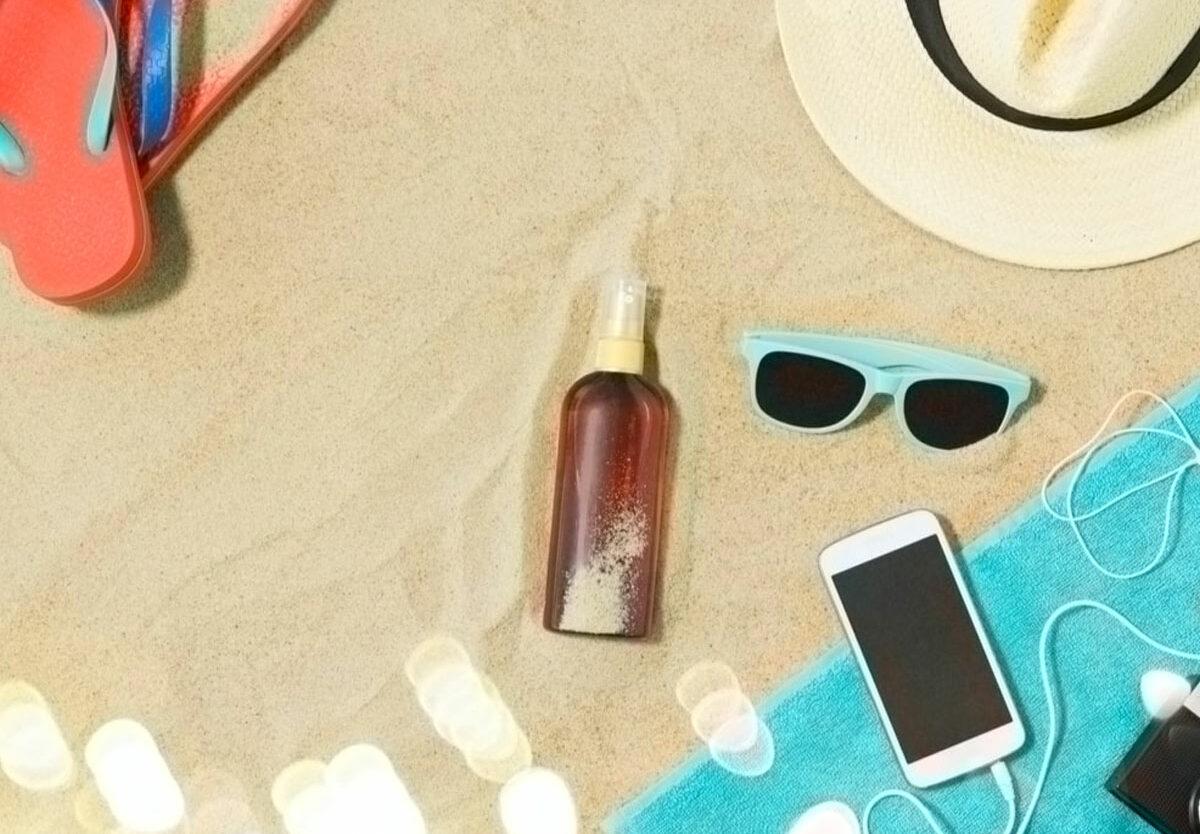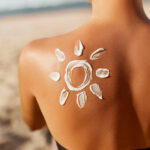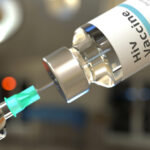National Safe Sun Week, founded by MedStar Health in 2021, is observed annually during the week before Memorial Day. The third annual National Safe Sun Week begins on May 22 this year. As Americans prepare to observe Memorial Day weekend and embrace the start of summer, health professionals seek to raise awareness of the best practices to follow when it comes to sun exposure, ensuring that everyone remains safe as they enjoy the spoils of the warm weather, due to the sun’s damage and skin cancer affecting people of all skin tones.
History of National Safe Sun Week
Once summer rolls around, and the glorious heat comes in, we all become so accustomed to seeing tens of thousands of our friends and neighbors flock to the beaches to kick off the summer over Memorial Day weekend. While it is always exciting to see so many people exercising and enjoying the outdoors, National Safe Sun Week encourages all of this fun while at the same time reminding people how important it is to stay safe and protect themselves against the sun.
It was against this backdrop of caring for and educating others on “Safe Sun” behavior that National Safe Sun Week was created by MedStar Health. The holiday embodies a “care for the whole person” approach and is a week devoted to open and honest communication about sun protection.
The first step in educating those in our community on how to protect their skin against the sun’s harmful UV rays is reminding others to get an annual skin check, as well as providing warning signs and advice on how to avoid other sun-related risks such as heatstroke, dehydration, and when it’s time to call the doctor.
Spending all day on the beach may sound like a dream, but many of us have seen firsthand the impact that the sun can have on the local community. Skin cancer is a very real danger. According to the Centers for Disease Control and Prevention (CDC), it’s the most prevalent form of cancer in the United States. New cases of potentially deadly melanoma, a common type of skin cancer, doubled between 1982 and 2011. The CDC suggests that, by using community prevention programs, an estimated 21,000 new cases of melanoma could be avoided each year.
Supporting your local community is at the heart of National Safe Sun Week. After all, it’s with the people in our community that we’ll be soaking up the sun and basking in the lazy days at the beach. We should work together to raise awareness and encourage people to remain safe and protected against the sun while they’re enjoying it.
National Safe Sun Week timeline
The ancient Egyptians, in an attempt to preserve their beauty and attractiveness, use rice bran and jasmine, to protect their skin from the heat of the sun.
Dr. Rene Theophile Hyacinthe Laennec, later known as the inventor of the stethoscope, publishes a lecture on melanoma where he recognises that the lesions he investigated are caused by the cancer cells spreading from an initial tumor site.
Franz Greiter creates the earliest form of sunscreen, calling it Piz Buin after the mountain in the Alps he was climbing when he got sunburnt.
Australian professor Henry Lancaster discovers that exposure to the sun is a high-risk factor in the development of melanomas, the most common form of skin cancer.
New research is being done to look into a potential surgery-free treatment, called high dose rate brachytherapy, as an option for some people suffering from skin cancer.
National Sun Safe Week is established by MedStar Health to raise awareness of the best practices to follow when it comes to sun exposure.
National Safe Sun Week FAQs
What does a cancerous mole look like?
When examining a mole, dermatologists and skin-care professionals recommend that you follow the ABCDE screening checks. If you see any of these signs, it is recommended that you consult a dermatologist as soon as possible.
Asymmetry: If the two different halves of the mole do not match.
Border: If the mole’s border is irregular or ragged.
Color: If you can see multiple different or uneven colors on the mole.
Diameter: If the mole’s diameter is very large — 6 mm (0.2 inches) or more.
Evolution: If the mole is changing in size, color, or shape.
How often should you reapply sunscreen?
Dermatologists and skin-care professionals recommend you reapply sunscreen every two hours. You should not rely solely on sunscreen to protect your skin. Wear suitable clothing to increase your protection and find a spot in the shade when the sun is at its hottest.
Why is sun safety important?
Overexposure to UV rays from the sun is known to cause skin aging, sunburn, and skin cancer. It’s great to enjoy nice weather, especially since the vitamin D released by your body when exposed to the sun is known to improve your physical and mental health, however, it’s important that you do so sensibly and take the necessary precautions to protect yourself and your family.
How To Enjoy National Safe Sun Week
Apply sunscreen
It is suggested, especially during the hotter seasons, to use sunscreen that protects against ultraviolet A (UVA) and ultraviolet B (UVB) rays, has an SPF of 30 or higher, and is water-resistant. It is also highly advised to follow what is known as the teaspoon method when applying sunscreen to your body. The guide suggests applying one teaspoon-sized amount of sunscreen to your face and neck, one teaspoon per arm, two teaspoons for your front torso, two for your back, and two for each leg.
Reapply sunscreen
Applying sunscreen once doesn’t mean that you’re fully protected. The longer your skin is exposed to the sun, the higher the risk levels. You should be reapplying sunscreen every two hours.
Wear eye protection
Sunglasses are a great way of protecting your eyes from the sun. Health professionals all stress the importance of ensuring that your sunglasses are up to the job. Ideally, you need to wear sunglasses that block 99% or 100% of UVA and UVB rays.
5 Tips To Avoid Heat Exhaustion
Stay Hydrated
Heat exhaustion occurs when your body starts to lose the ability to regulate its core temperature so staying hydrated is an excellent way of managing your body's temperature and is particularly important when you’re exercising.
Dress appropriately
Make sure that your wardrobe contains an umbrella, sunglasses that block out 99% or 100% of UVA and UVB rays, light-colored and loose-fitting clothes, and a wide-brimmed hat.
Be aware of the time
If you’re outside during the sun’s peak hours (between 10 am and 4 pm) then the heat index is likely to be much higher. Check the heat index online — if it is 90 or above, then it’s recommended that you’re especially careful about how much time you choose to spend outdoors.
Don’t overdo it
Whether you’re drinking alcohol or exercising, it’s best to avoid doing both of these excessively in extreme heat.
Know the signs
Keep an eye out for symptoms of heat exhaustion. These include fatigue, headaches, dizziness, excessive sweating, and nausea. If you think you may be at risk, seek medical assistance immediately.
Why National Safe Sun Week is Important
It sets the tone for the summer
Memorial Day weekend is considered by many in the U.S. to be the start of summer. National Safe Sun Week sets the tone — it enables people to set themselves up for good practices throughout the summer as they seek to make the most of the weather but be safe while doing so.
Awareness leads to prevention
According to the CDC, 21,000 new cases of melanoma could be avoided each year with effective community prevention programs. National Safe Sun Week focuses on getting the important messaging out to the community and empowering people to take appropriate action.
Sun safety has many implications
While skin cancer often gets a lot of attention, sun safety is also important in avoiding other issues such as dehydration, heat exhaustion, and heatstroke. National Safe Sun Week shines a light on all of these areas and equips people with the information needed to protect themselves.
National Safe Sun Week dates
| Year | Date | Day |
|---|---|---|
| 2024 | May 20–26 | Monday–Sunday |
| 2025 | May 19–25 | Monday–Sunday |
| 2026 | May 18–24 | Monday–Sunday |

























